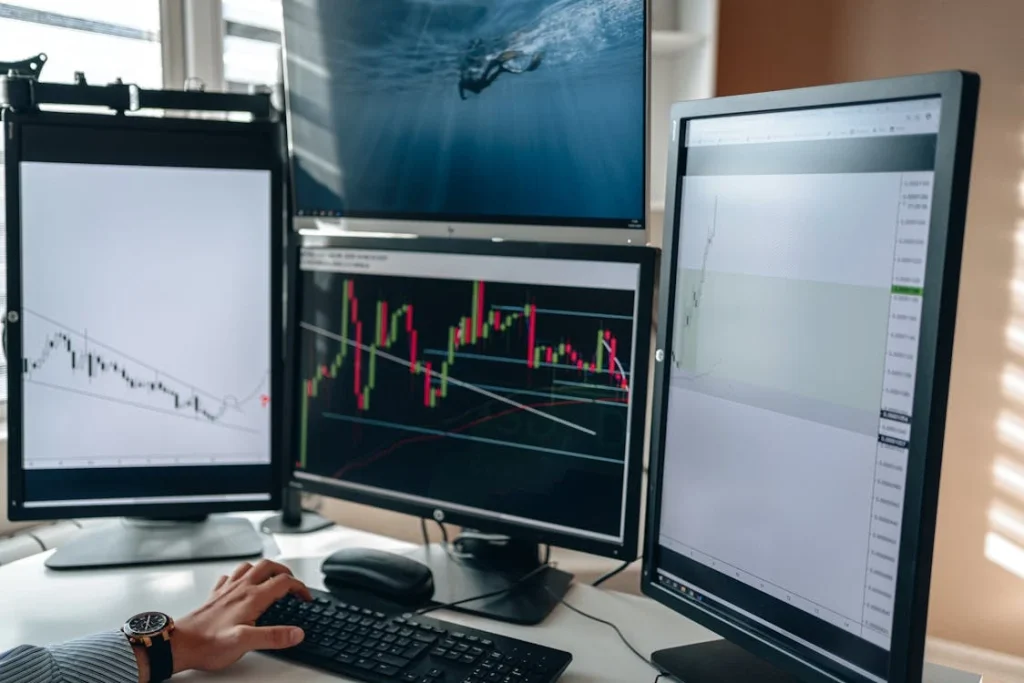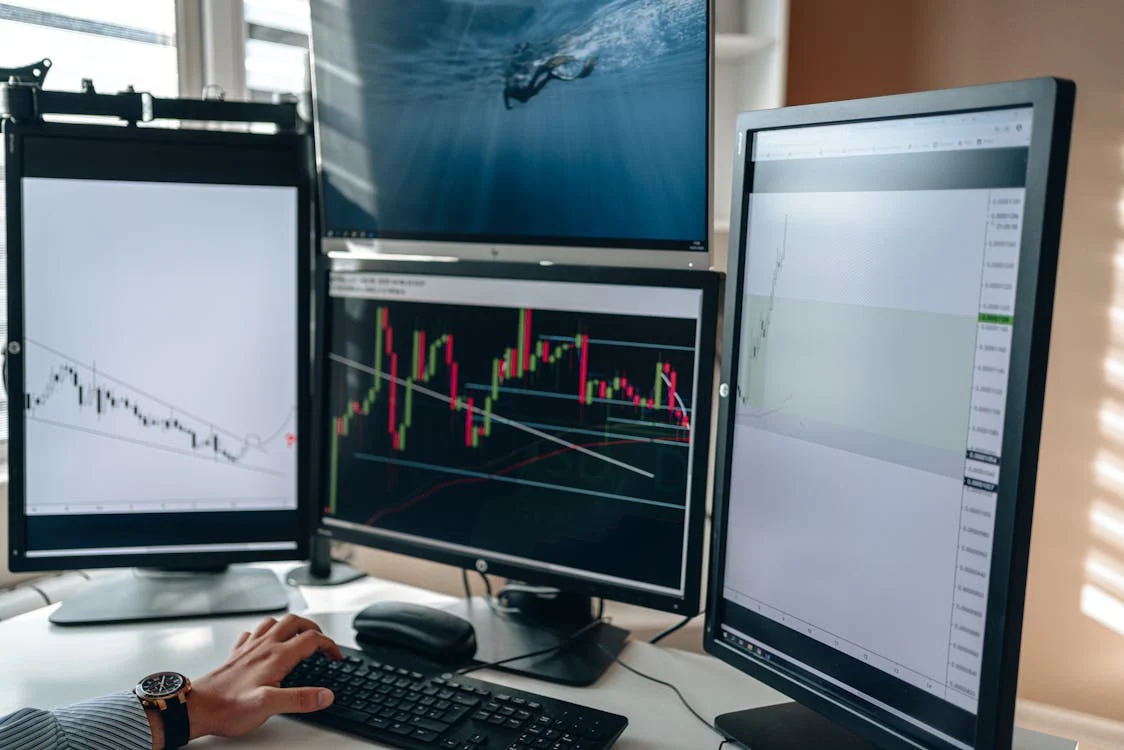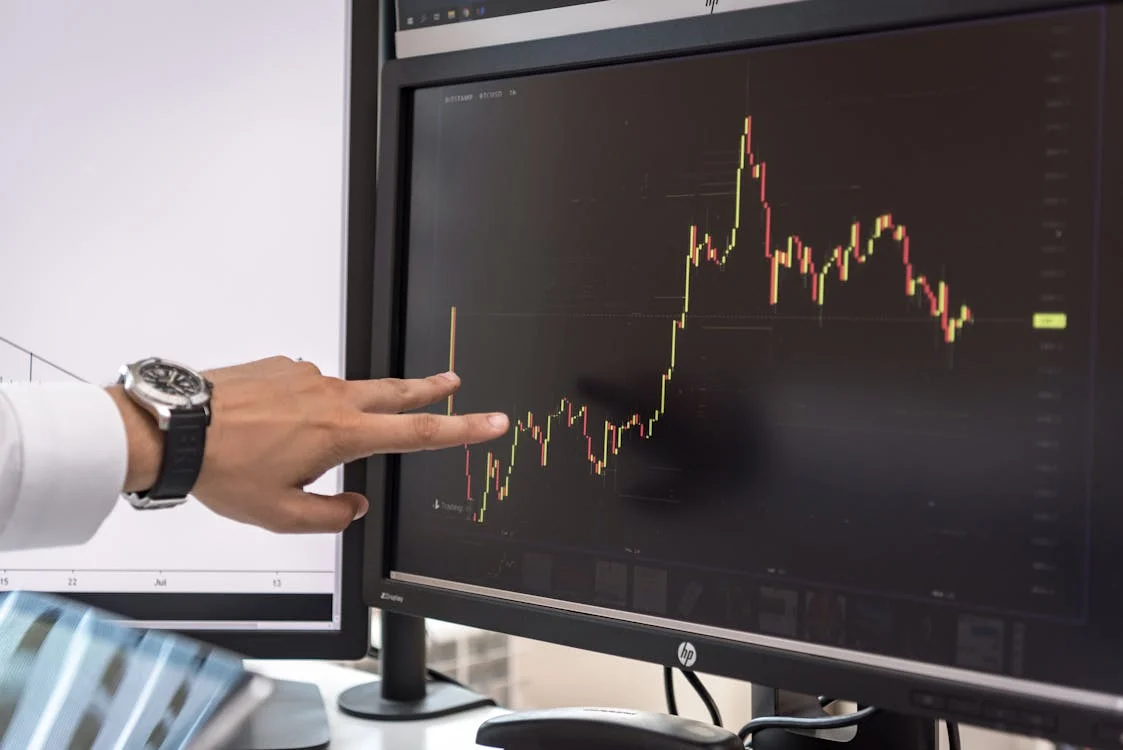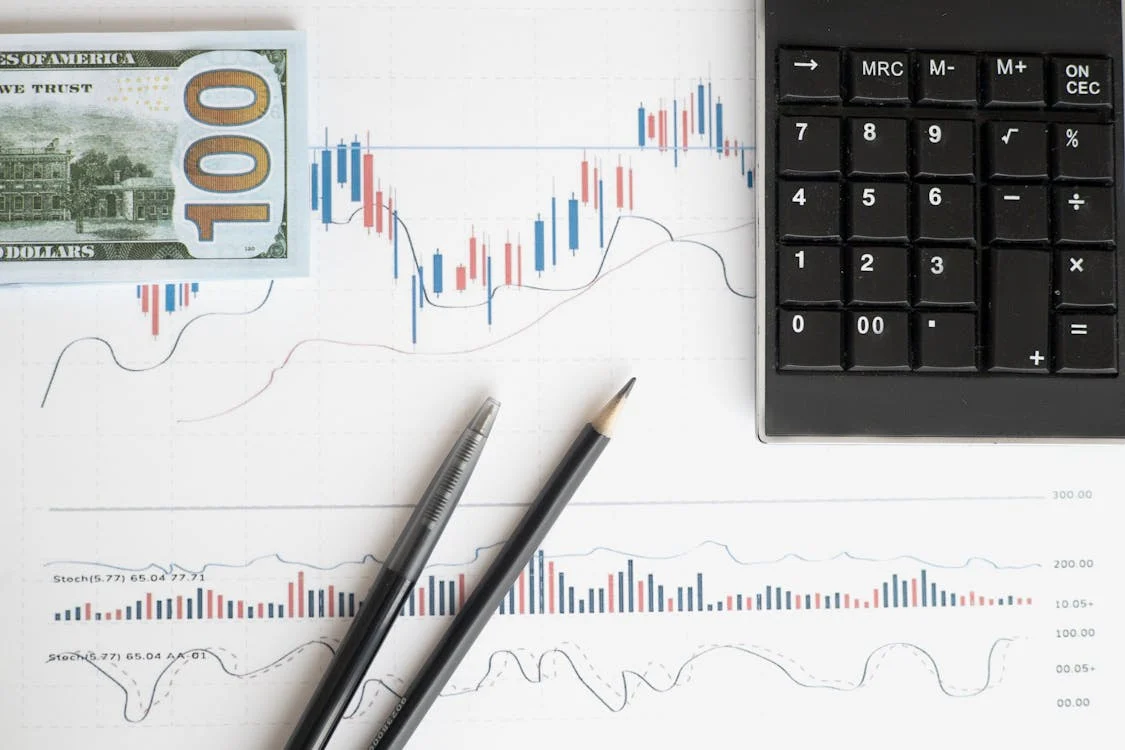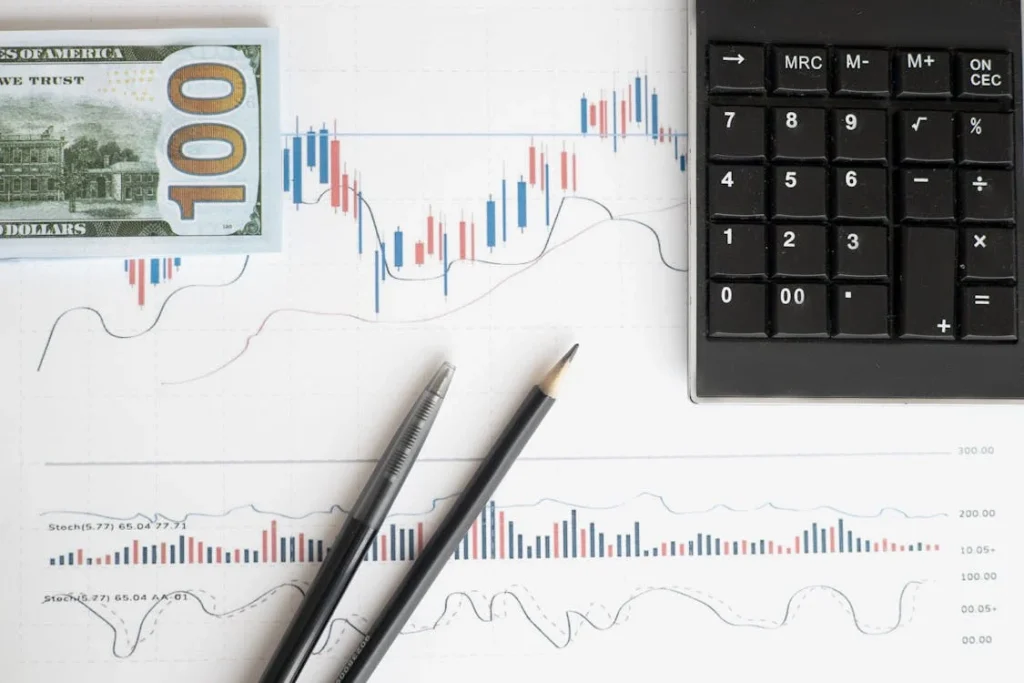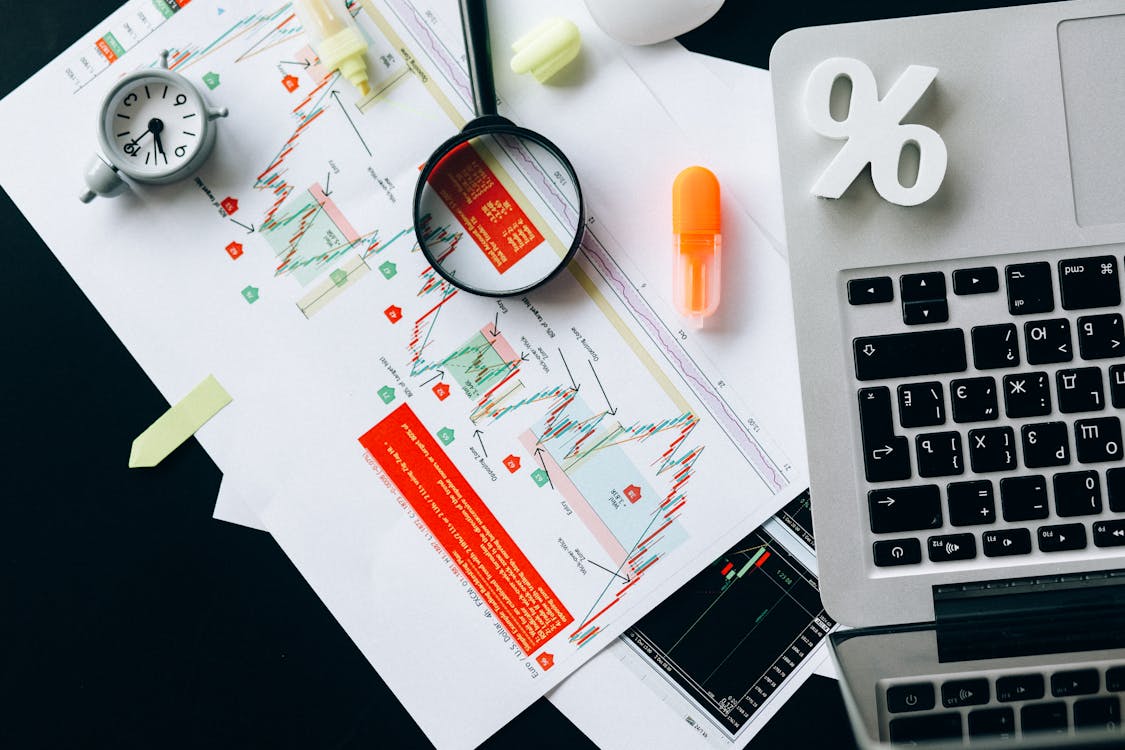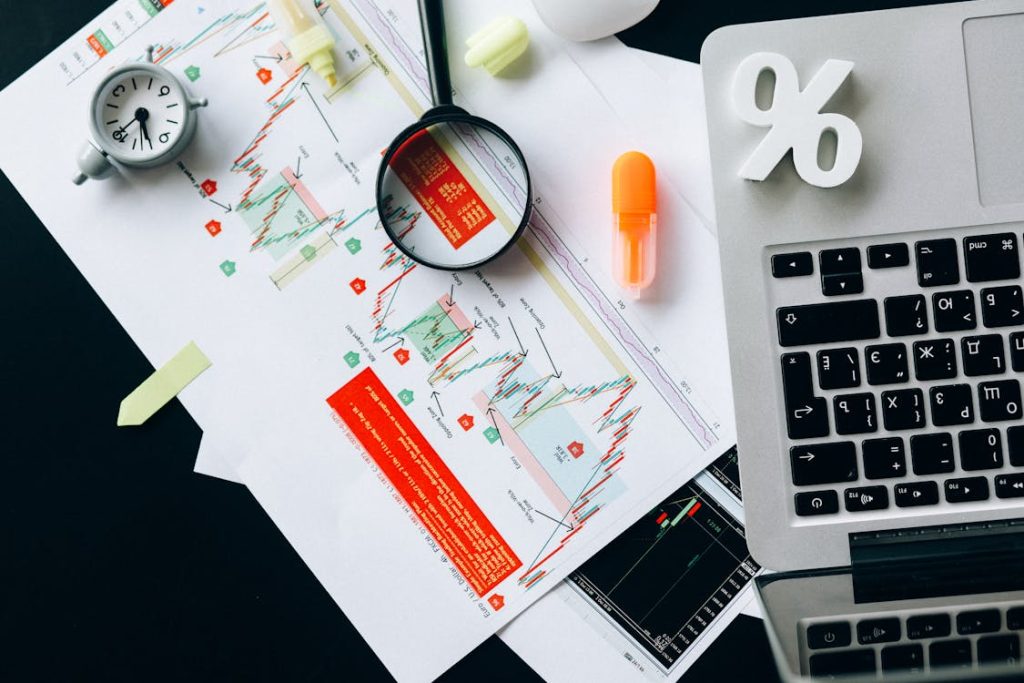Fundamental analysis is one of the key approaches traders use to analyze the Forex market. Unlike technical analysis, which focuses on price patterns and historical data, fundamental analysis looks at the broader economic, financial, and political factors that influence currency prices. Understanding these factors allows traders to anticipate market movements and make informed decisions.
In this article, we’ll explore the basics of fundamental analysis, key indicators to watch, and how you can use this method in Forex trading to improve your trading strategy.
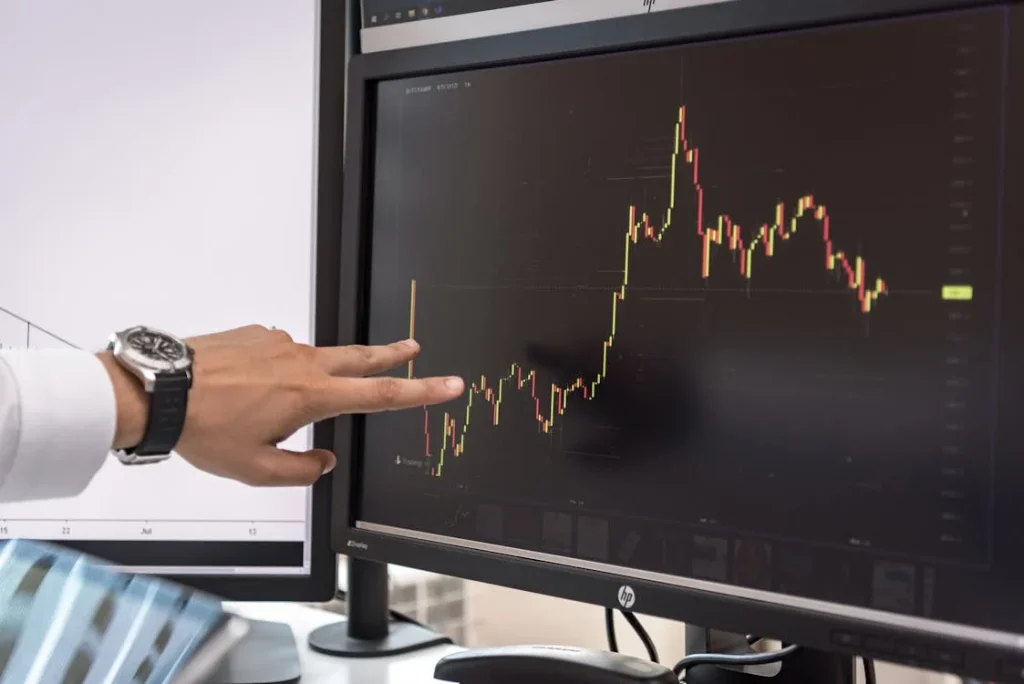
What is Fundamental Analysis?
Fundamental analysis is the study of economic and political events and data to understand how they might influence a currency’s value. Traders use this approach to assess the overall health of an economy and its impact on the currency market. By analyzing data like interest rates, GDP, inflation, and employment figures, traders aim to predict currency movements based on economic trends and events.
The goal of fundamental analysis is to identify whether a currency is undervalued or overvalued relative to its fundamental value. This approach requires a deep understanding of the factors that drive currency movements.
Key Economic Indicators in Fundamental Analysis
1. Interest Rates
Interest rates are one of the most important indicators in fundamental analysis. Central banks, such as the Federal Reserve in the United States, the European Central Bank (ECB), and the Bank of England (BoE), use interest rates to control monetary policy and influence economic conditions.
Higher interest rates generally lead to a stronger currency because they attract foreign capital, as investors seek higher returns on investments. Conversely, lower interest rates tend to weaken the currency, as capital flows out in search of better returns elsewhere.
Traders closely monitor central bank meetings and statements regarding interest rate changes and adjust their positions accordingly.
2. GDP (Gross Domestic Product)
Gross Domestic Product (GDP) is the total value of all goods and services produced within a country over a specific period. GDP is one of the most widely used indicators to measure the strength of an economy.
A growing GDP typically signals a strong economy, which can support a stronger currency. On the other hand, a contracting GDP can indicate economic trouble and may lead to a weaker currency.
Forex traders closely follow GDP data to assess the economic health of a country and make informed predictions about currency movements.
3. Inflation Rates
Inflation refers to the rate at which prices for goods and services increase over time. Central banks typically target a specific inflation rate to ensure the economy remains stable. High inflation can erode purchasing power, leading to a decrease in the value of a currency.
In Forex trading, traders look for countries with stable inflation rates, as low and stable inflation typically supports currency strength. On the other hand, countries with high or volatile inflation may see their currencies weaken as the central bank may lower interest rates to combat inflation.
4. Employment Data
Employment data, particularly the Non-Farm Payroll (NFP) report in the United States, is a critical indicator of economic health. High employment levels generally indicate a strong economy, as people are earning and spending money, which drives economic growth.
Conversely, high unemployment can signal economic weakness and can lead to a weaker currency. Traders often pay close attention to employment reports to gauge the strength of an economy and predict potential market movements.
5. Trade Balance and Current Account
The trade balance measures the difference between a country’s exports and imports. A country with a trade surplus exports more than it imports, which can lead to a stronger currency as demand for the country’s goods and services increases.
A trade deficit, on the other hand, means a country imports more than it exports, leading to a weaker currency. Forex traders use trade balance data to assess the overall health of an economy and predict potential currency movements.
6. Political Stability and Geopolitical Events
Political events, such as elections, government changes, and geopolitical instability, can significantly impact currency prices. A stable government and a favorable political environment can boost investor confidence and strengthen the currency.
However, political instability or geopolitical tensions (such as trade wars or military conflicts) can create uncertainty in the markets and lead to a weaker currency. Traders must stay informed about current events and political developments to understand their potential impact on currency prices.
How to Use Fundamental Analysis in Forex Trading
1. Monitor Economic Calendars
Forex traders should stay informed about upcoming economic reports and events that can affect currency prices. Economic calendars provide a schedule of data releases, including GDP reports, employment data, inflation reports, and central bank meetings.
By monitoring these events, traders can anticipate potential market movements and plan their trades accordingly. For example, a trader might choose to avoid trading during important data releases, or they might take advantage of volatility after a major economic report is released.
2. Assess Economic Health
When analyzing a currency pair, it’s essential to assess the economic health of both countries involved. Traders often compare key economic indicators such as GDP growth, inflation, and unemployment in each country to determine which currency has a stronger economic outlook.
For example, if the U.S. economy is growing faster than the Eurozone economy, and inflation is under control, the U.S. dollar may strengthen relative to the euro.
3. Understand Central Bank Policies
Central banks play a crucial role in determining the direction of a currency. By studying central bank policies and their economic outlook, traders can gain insight into potential interest rate changes and the future direction of the currency.
For example, if the Federal Reserve is expected to raise interest rates while the European Central Bank is expected to keep rates unchanged, the U.S. dollar may strengthen against the euro.
4. Analyze Market Sentiment
Market sentiment refers to the overall attitude of investors toward a particular currency or market. Traders can gauge market sentiment by studying economic reports, political events, and global news. Positive sentiment can lead to currency appreciation, while negative sentiment can lead to currency depreciation.
By understanding market sentiment, traders can make more informed decisions about when to enter or exit trades.
Advantages of Fundamental Analysis
-
Long-Term Focus: Fundamental analysis is best suited for traders who have a long-term outlook. It helps identify trends and potential long-term movements in the Forex market.
-
Global Perspective: Fundamental analysis provides a broad understanding of global economic conditions and how they affect currency prices.
-
Informed Decision-Making: By analyzing economic data and political events, traders can make more informed decisions and anticipate market movements with greater accuracy.
